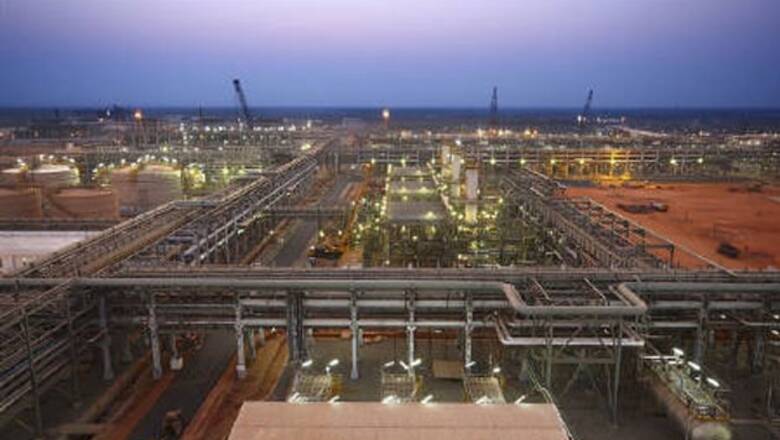
views
New Delhi: The Supreme Court's Friday ruling in the dispute between the feuding Ambani brothers resolved a key uncertainty surrounding gas policy by affirming the government's right to set its price.
The judgment asserts gas is a national asset that is owned by the government, not the company that operates the field, until it is delivered to customers.
While the decision, in favour of Mukesh Ambani's Reliance Industries over younger brother Anil's Reliance Natural Resources, brings clarity, it may deter investment from foreign firms which want complete freedom to market Indian gas.
The Supreme Court told the billionaire brothers the state-set price of $ 4.2 per million British thermal unit (mBtu) was binding on all, overriding a private deal between the two at about half the price, and asking them to renegotiate a new contract.
Below are questions and answers on the energy policy implications of the court's ruling.
What is the impact of the ruling on energy policy?
The judgment brings clarity to India's exploration policy, which aims to provide gas, a scarce commodity, at affordable prices to priority sectors such as power and fertilisers.
That may scare off much-sought investment in oil and gas in India, which imports about 75 percent of the oil it consumes.
Will New Delhi control pricing on crude oil?
No, because production sharing contracts assure international pricing for oil, for which the market is developed and international benchmarks are available. Firms such as Reliance Industries and Cairn Energy already sell crude to refiners at mutually agreed prices.
But the government can control distribution of crude oil as it is authorised to nominate which refiners buy crude.
What does the verdict mean for investment in exploration?
Investors in the expensive and high-risk business of energy exploration want to sell natural gas at market-driven prices. The judgment may discourage investment.
Does the verdict point to uniform pricing of gas in India?
Not necessarily. But the price set for the gas Reliance pumps from the D-6 block in the vast Krishna Godavari basin off eastern India could become a floor price for future output.
When it reaches peak production, Reliance's output from the block will account for about half of the output in India.
India has several prices for gas depending on who produces it and the prevailing policy when output began. State firms such as Oil and Natural Gas Corp sell most of their gas at a state-set price which is less than half of what Reliance would get under the government price affirmed by the court.
Canada's Niko Resources, for example, sells gas produced from its west coast block at $ 6-$ 7/mBTU, while gas from the Panna/Mukta and Tapti fields in which Reliance, ONGC and BG hold stakes, also fetches a higher price than what Reliance gets from its D-6 gas.
But output from old fields is declining, while Reliance is expected to produce more gas from its discoveries. That could potentially make $ 4.2 per mBtu the floor price for gas pumped in future from Indian fields.
What does this mean for gas-fired power projects?
New plants may be required to buy gas at the Reliance price.
With supplies from old fields declining and government control of gas prices curbing implementation of expensive techniques to enhance output, production from new areas is the main local option to meet demand.
Gas makes up about 9 percent of India's energy mix, and is expected to rise to about 12 percent by 2030 as production grows.
About 10.5 percent of thermal power generation capacity is gas based. New projects will be fed either by imported liquefied natural gas (LNG) or local gas, the price of which will be fixed by the government.
Does the ruling have any implication on LNG imports?
No, as customers have contracted to buy LNG bought under a long term deal with Qatar. Companies prefer to import LNG from spot markets after entering into a firm contract with buyers.


















Comments
0 comment